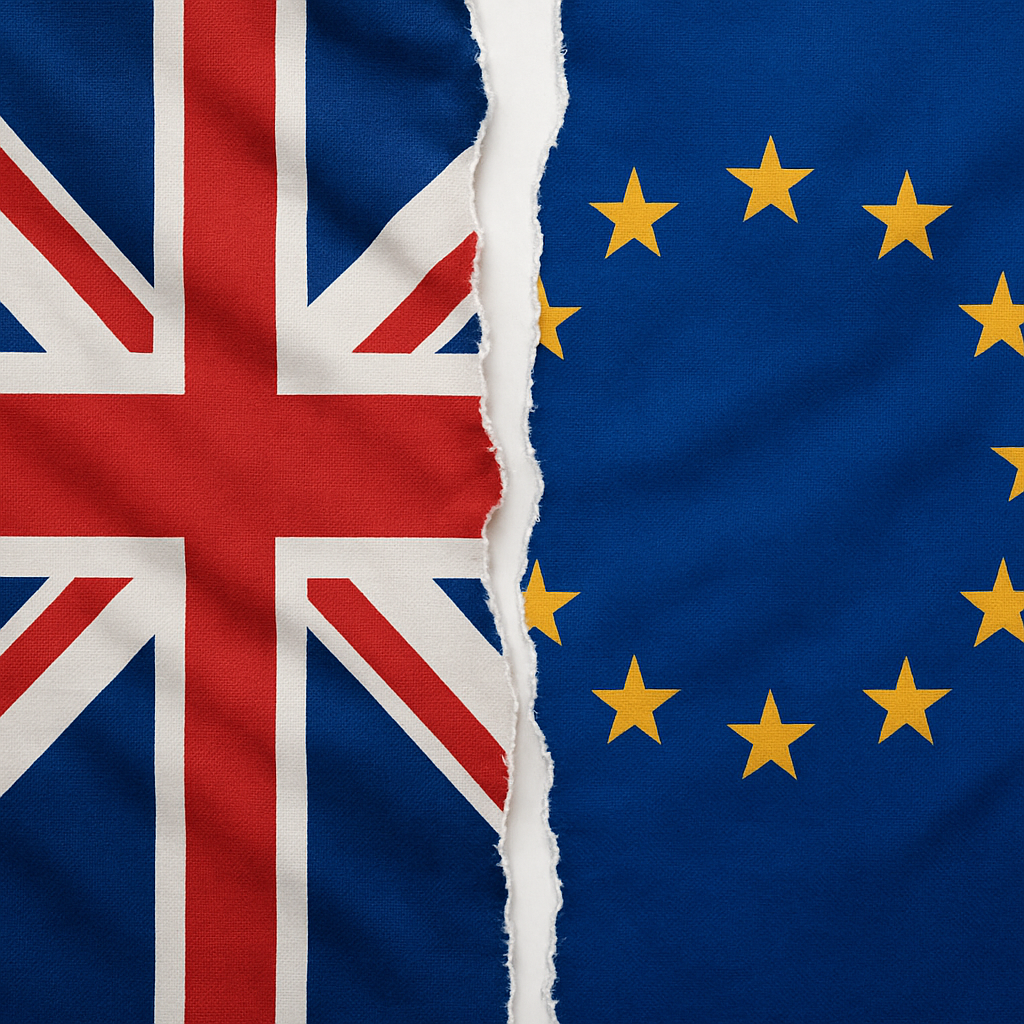(Publ. 29 APR 2014) The owner of a website may now without the author’s consent link to copyright works that are freely available on another website. This is regardless of whether it is clear that the user is taken to another website or not, i.e. if the work is seen as a part of the content on the current site. This is according to a ruling from the European Court of Justice in a dispute between four journalists and the Internet search engine Retriever. Retriever did not have to pay compensation to journalists as the use of the search engine does not infringe on copyright protection.
Background
The case at the Svea Court of Appeal concerned the compensation that the four journalists believed they were entitled to because of the harm they allegedly suffered by Retriever providing clickable links (“hyperlinks”) on its website to the articles that the journalists had the copyright to. Their articles were previously published in a newspaper and on the newspaper’s website, and it was undisputed that these articles were freely available on this website.
Retriever’s website offers its customers lists with clickable links to articles published on other websites. According to the four journalists, if the customer clicks on one of the links, it is not obvious that the customer is taken to another site to get access to the material. However, according to Retriever it was apparent to the client that clicking on one of these links meant that he was moved to another site.
The journalists sued Retriever at the Stockholm District Court, claiming damages, arguing that the company had sent their articles to the public without permission by making them available to their customers. The District Court’s judgment to Retrievers favor was later appealed to the Svea Court of Appeal, and it was subsequently asked of the ECJ to interpret Article 3 (1) of Infosoc Directive, i.e. whether the author of copyright material has an exclusive right to authorize or prohibit any communication of his works to the public through linkage.
European Court of Justice Ruling
In a preliminary ruling in Case C-466/12 on the 13th of February 2014, the ECJ ruled that Article 3 (1) of Infosoc Directive must be interpreted as meaning that the provision on a site of clickable links to works that are freely available on another website does not constitute communication to the public in the manner suggested in the Directive. According to the court, linking to a completely open site, even if the linkage constitutes a communication to the public, is permitted through copyright law because it does not target a “new audience“, compared to the audience already targeted through the open site. Furthermore, the article means that a Member State may not provide broader protection for authors by allowing the concept of communication to the public to include other actions than those referred to in the Directive.
The Court held that the basis of Article 3 (1) of the Directive is that every act of communication of a work to the public must be authorized by the copyright owner in order to be permitted. The ECJ then noted that the act of communication to the public consists of two conditions: namely, that an action that can be called a “communication” occurs, and that it addresses “the public”. The Court also clarifies that communication takes place even when an action leads to “potential recipients”. It is therefore sufficient that people who are targeted can come into contact with the material, whether they use this option or not.
However, communication to the public that falls within the scope of Article 3 (1) of the Directive is only communication if it is directed to a “new audience”, i.e. an audience that the authors did not consider when they left their permission to the initial communication to the public. For communication to target a new audience it is required that it either (i) circumvents a technological limitation, for example with a linking operation, (ii) links to material that the rights holder no longer makes available on an open site, or ( iii) links to a work that is only accessible to a limited audience.
When it comes to links to material that is freely available through the author’s communication the ECJ noted that the audience includes all potential visitors on the website, i.e. all Internet users. The provision of a link to such a work can not constitute communication to a new audience and therefore does not require the rights holder’s permission. The ECJ also found that it is irrelevant how the material is presented on the website, i.e. if the user is obviously taken to another website, or if the material appears as part of the current website.
The ECJ also held that the purpose of the Directive is to among other things address the legal differences and the uncertainties in relation to copyright protection. Therefore, a Member State may not provide greater protection for copyright owners by providing that the act of communication to the public including activities other than those referred to in Article 3 (1) of Infosoc Directive.





















